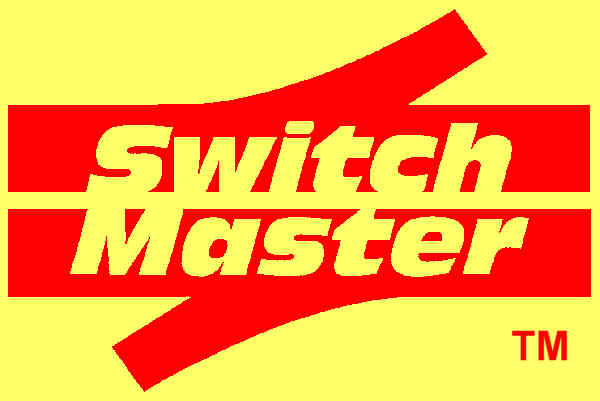|
ADDITIONAL THOUGHTS ON CONSERVING SPACE
In some situations you may not have any clearance under your turnout. If moving the
turnout is not an option consider using push rods and tubes with the switch machine
motor off to the side, or use same with a bell crank to move it down the track or in
any direction for that matter.
PUSH-PULL WIRES and TUBES
Brass tubes and 0.032” (1/32”) music wire can be used to transfer the motion of the
motor to the throwbar over some distance. Use .047” (3/64”) music wire for larger
scales and/or greater distance. The wire is connected to the motor arm loop on one
end (the motor can be mounted either way) bending 90 degrees and travels through
1/16” brass tube(s) (they can be short sections or continuous) and turning up
through the slot (as explained in Horizontal Mounting) where it engages the throwbar.
Simply use hot glue to attach the tubes to the bottom of your roadbed.
The motor may be mounted either way employing the standard motor arm loop.
BELL CRANK
If you do not have any space off to the side we won't scold you for poorly designing
your trackwork (though tempting), instead we'll explain how to use a bell crank.
A simple bell crank can be employed to make a turn, 90 degrees or any angle for that matter.
For simplicity's sake let's describe the right turn. As we just described for tubes and wire,
let's add a bell crank to the motor end. Take the motor away for a moment.
That wire moves back and forth. As it does it moves the throwbar.
Mark the center point of the throw. Draw a square line from that center point.
Measure 1” down the line. This will be the swivel point of our 1” bell crank.
Now measure 1” over and mark the center point of the new leg of tubes and wire,
with the motor moved to the far end of them. Commercial bell cranks are available
for model airplanes. Or you can build one out of brass stock. They need to swivel
freely as do the wire ends, but without disengaging (bend over the wire ends).
There may be some looseness to over come. No problem, SwitchMaster's have plenty
of strength and throw. Since the motor arm swings in an arc you can employ leverage:
a shorter motor arm is stronger, a longer motor arm is weaker (still plenty strong)
has greater range of motion (is 2-3” enough?). Employing leverage can be done on
the bell crank too: setting the motor connection closer to the swivel will amplify
the motion or setting it further will diminish it. Remember, the motor is going to
turn until it encounters opposition and stalls out. It doesn't care if that is 1”
or 1/4”. So it automatically takes up the slack.
DIRECT LINK BELL CRANK
If you have no side space to work with and cannot go down (who put those darn hidden
tracks there anyway) you can build a direct link bell crank, that is one that has the
activating wire attached firmly (soldered) to the bell crank itself. In this case it
sticks straight up and engages the throwbar. The other end is connected to the remote
motor with the push pull wire and tubes. The bell crank can be built out of brass stock
available from K&S Engineering at your local hobby shop.
sm-push-pull.gif
REALLY REMOTE or ODD LOCATION
While you are at the hobby shop looking at model airplane parts take a look at the
flexible control cables. These could be used to transmit the throw motion in up, down
and around if you don't have any straight lines to work with. While in this Rube Goldberg
mood think about other mechanical means that you could transfer the motion.
Stretch the bell crank out and make a pendulum out of it. It doesn't have to be straight
either so long as it is stiff and can transmit the motion. Nor does it have to be horizontal.
The ideas go on and on. One of them should solve your problem.
THICK AND THIN ROADBEDS
All of these installation methods will work on thick or thin roadbeds.
On foam-type roadbeds we recommend mounting the motors and linkage on plywood
else they may tear away. For instance we hot glued 3” wide 1/4” plywood strips
under 2” foam roadbed and installed push-pull wires, tubes and machine on top
on our Apple Valley display layout.
| 






